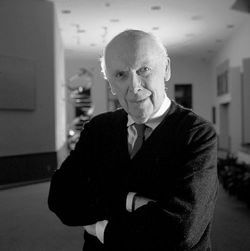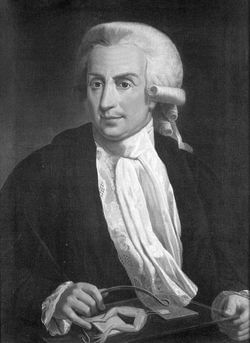.png?bossToken=589ddbf1a1a2bfa914908ac006c0259517b53d6afea18b455f63460605b713f3)
Photo Attribution: Harris & Ewing, Public domain, via Wikimedia Commons
Lise Meitner
This example has been viewed 292x times
Summary
Rodden Rating
Analysis for Lise Meitner
Biography
Lise Meitner was born on November 7, 1878, in Vienna, Austria, into a Jewish family. Her early interest in mathematics and science led her to become one of the first women admitted to the University of Vienna, where she studied physics under Ludwig Boltzmann. She earned her doctorate in 1906, becoming only the second woman to do so at the university.
Career in Berlin
In 1907, Meitner moved to Berlin to attend lectures by Max Planck and began working with chemist Otto Hahn at the Kaiser Wilhelm Institute for Chemistry. Initially unpaid and working in a basement laboratory, she eventually gained official status and became Germany’s first female full professor of physics in 1926. During this period, she made significant contributions to nuclear physics, particularly in studying beta decay and radiation.
Discovery of Nuclear Fission
Meitner and Hahn collaborated extensively on radioactivity and nuclear reactions. In 1938, Hahn and Fritz Strassmann conducted experiments bombarding uranium with neutrons and found evidence of barium. Meitner, who had fled to Sweden due to her Jewish heritage and the Nazi regime, provided the theoretical explanation with her nephew Otto Frisch: the uranium nucleus had split into lighter elements, a process they called nuclear fission. Their interpretation was published in early 1939.
Exclusion from Nobel Recognition
Despite her critical role in interpreting the fission results, Meitner was excluded when Hahn received the 1944 Nobel Prize in Chemistry. Historians have since criticized this oversight. Meitner was, however, widely recognized later, receiving numerous honors and being referred to as “the mother of the atomic bomb,” a title she rejected due to her opposition to nuclear weapons.
Later Years and Legacy
Meitner moved to the UK after World War II and became a British citizen. She continued to lecture and receive accolades, including being named Woman of the Year in the U.S. in 1946 and receiving the Max Planck Medal. Element 109 was named meitnerium (Mt) in her honor. She died in 1968 in Cambridge, England, and was buried in Bramley, Hampshire, with an epitaph reading, “A physicist who never lost her humanity.”
References
- Sime, Ruth Lewin. Lise Meitner: A Life in Physics. University of California Press, 1996.
- Wikipedia contributors. "Lise Meitner." Wikipedia, The Free Encyclopedia. https://en.wikipedia.org/wiki/Lise_Meitner
Raw Data
Horoscope Data
Comments
Natal Data
1878-11-07 Unknown Time GMT
48° 12′ 29.1″ N 16° 22′ 16.7″ E
Vienna, Austria
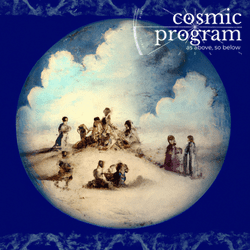

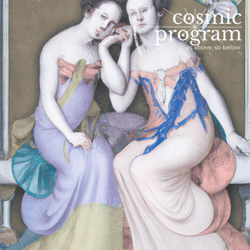


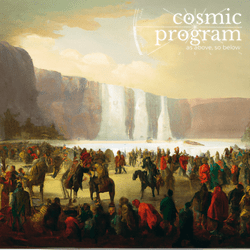

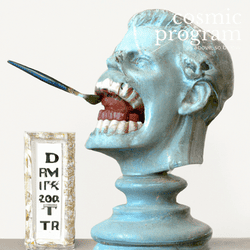

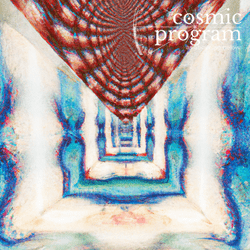

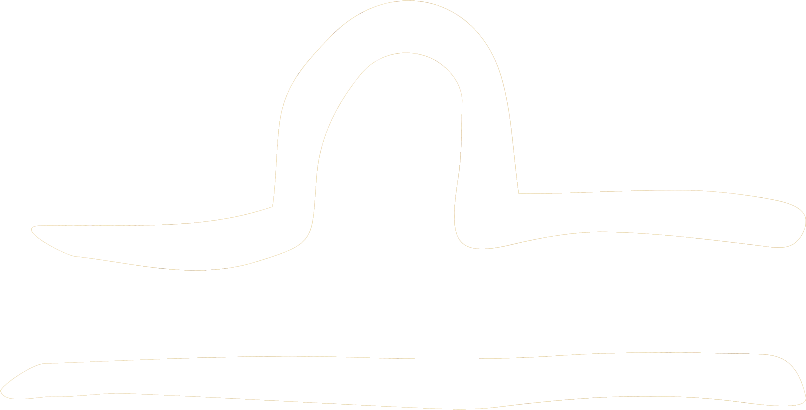
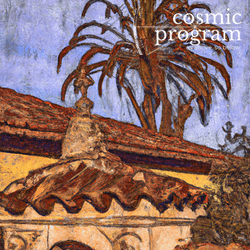


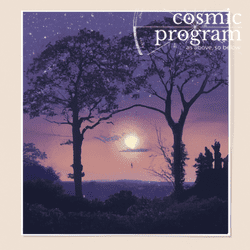
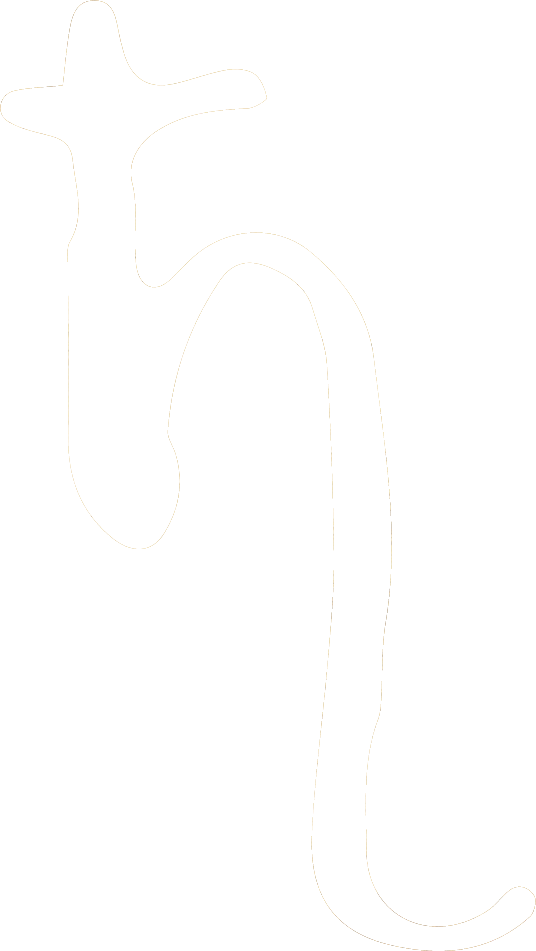




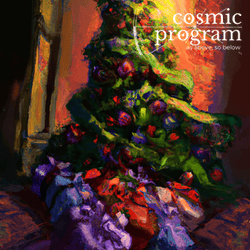


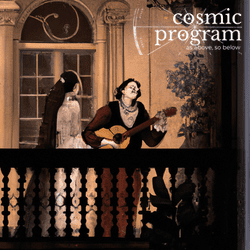

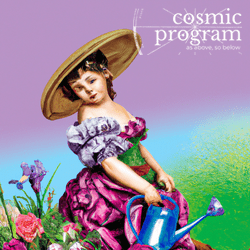

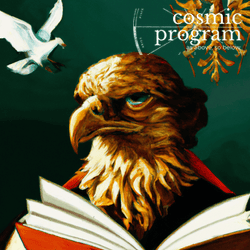

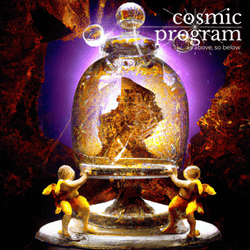




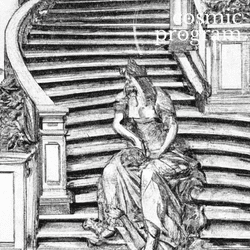

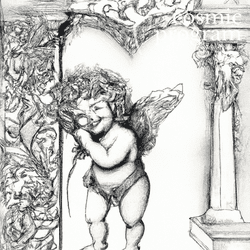


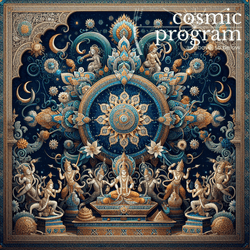
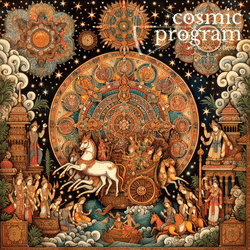

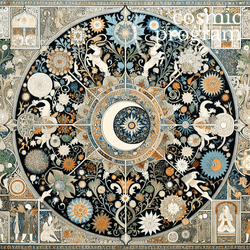
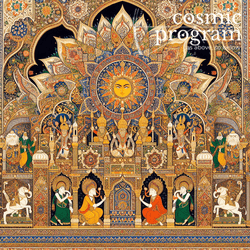
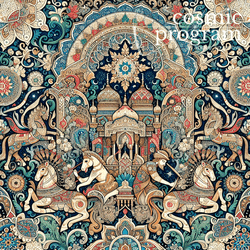
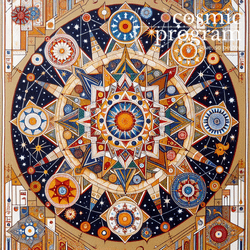
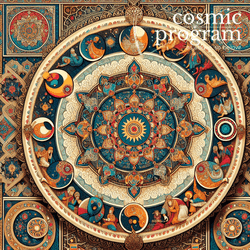
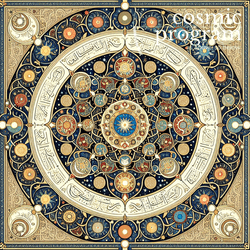
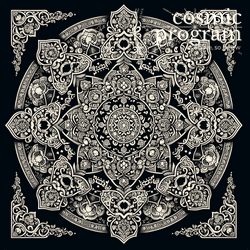
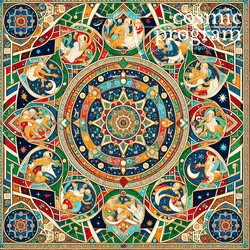
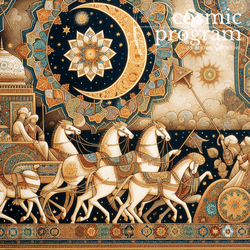

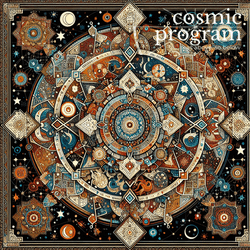
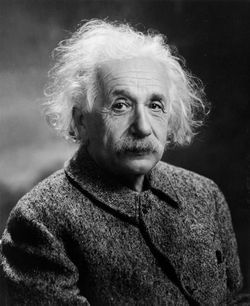

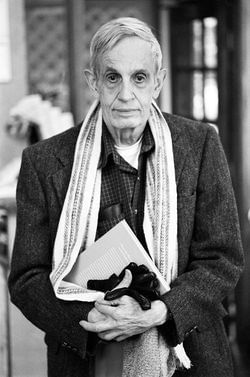
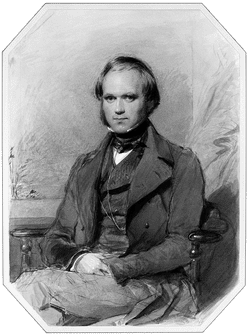

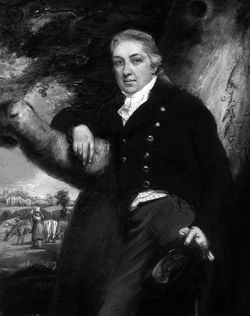
.jpg?bossToken=08c481a3fa0c716226f91b7380858b2bc4263bf36df763df30dfc804d5be6135)
